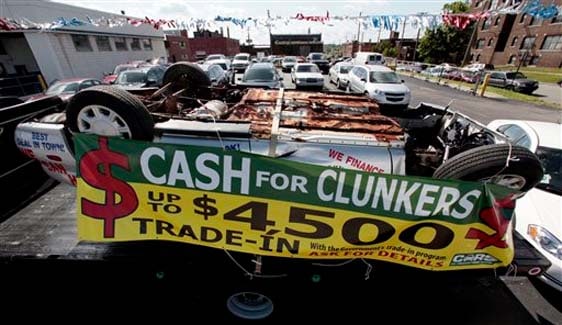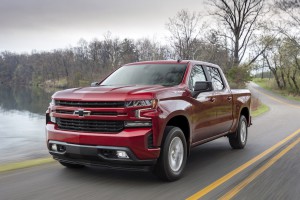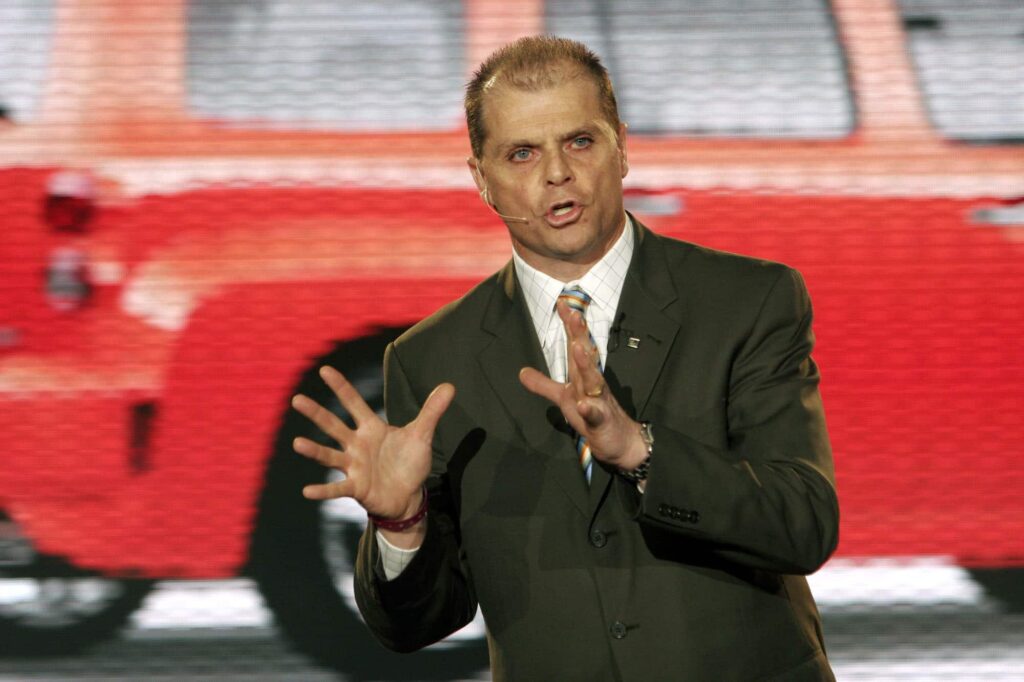
The 2009 Cash for Clunkers program created an estimate 500,000 sales for an otherwise plunging U.S. car market.
With U.S. auto sales now expected to plunge as much as 80% in April and, for the year, drop to levels not seen since the Great Recession, automakers are looking for help, possibly including a federal incentive program that could kick-start demand that might otherwise lag well into 2021.
The industry already is trying to prop up what demand is left, the average incentive on pickups reaching about $7,200 last month, according to industry data. But with more than 40 states facing some form of lockdown, demand is expected to continue falling for another month or more. The question is what happens next – and whether the industry will need some help from the federal government, as was the case during the economic collapse of a decade ago.
(March auto sales tumble. April numbers could be disastrous.)
“Depending on how long this lasts, some sort of (government) stimulus may be appropriate when we come out the other side,” Ford’s vice president of U.S. sales and marketing, told TheDetroitBureau.com in a text interview.
LaNeve pointed back to the Cash-for-Clunkers program launched by the Obama Administration in 2009, something Ray LaHood, then the U.S. Secretary of Transportation, referred to as “a lifeline to the automobile industry.”
The Clunkers program had a dual purpose, not only aiming to revive U.S. car sales but also to encourage motorists to trade in older vehicles for new ones that were safer, cleaner and more fuel-efficient. The federal government eventually laid out about $3 billion in federal money, generating an estimated 500,000 additional vehicle sales.
LaNeve stressed that he is “not lobbying” for a federal program, and added that while “Cash for Clunkers was a great program when it happened…the solution may be totally different in 2020.”
Some solution, whether including federal funds or not, seems certain to follow what has become an unprecedented crisis resulting in close to 300 million Americans being ordered to shelter-in-place, while job losses have been skyrocketing – 10 million people applying for unemployment in just the last two weeks, about 1 million more than lost their jobs during the entire Great Recession.
Even as the crisis has worsened, automakers have looked for ways to prop up what demand is left in the market. General Motors, for one, has launched a zero-interest loan program running up to 84 months for those with good credit. Hyundai, meanwhile, is offering to cover months of car payments for new buyers who might wind up losing their jobs.
The latter approach may prove particularly necessary once the lockdowns end, said analyst Stephanie Brinley, as Americans are likely to be uncertain about the economy and, in particular, their own financial and job situation.

Hefty incentives have helped retain relatively strong pickup sales despite the overall collapse of the U.S. market.
“The longer this goes,” Brinley said, “we may see people very scared to buy because they are worried about the economy…and whether they can afford to buy a car, even with incentives.”
The givebacks now in place are averaging about $4,800 per vehicle, “higher than we’ve ever seen,” said Tyson Jominy, head of the J.D. Power PIN system, which monitors the transactions at thousands of U.S. dealers in real time. On pickups, givebacks are currently running an average of about $7,200, also an all-time record.
During a media webinar this week, Power officials forecast an 80% year-over-year sales downturn for April, and indicated the growing likelihood that the market won’t really begin to rebound until at least June – or beyond, depending on what happens with efforts to contain the spread of the coronavirus.
The U.S. car market was widely expected to see a modest drop from last year’s total of 17.1 million vehicles, Power analysts forecasting a figure of around 16.8 million prior to the emergence of the current pandemic. They’ve now reduced that to anywhere between 12.1 million and 14.8 million, numbers that could approach some of the worst seen during the Great Recession. A return to the normal sales trendline, according to Power, won’t happen until 2021.
In a separate interview with TheDetroitBureau.com, Power’s Jominy said he expects the industry will hold back on any explosive new incentive program until after it’s clear the worst of the pandemic is over, which could mean waiting until late summer or even early autumn.
Beyond that, he anticipates seeing the sort of high-profile campaign automakers have used to respond to major crises in decades past – such as the “Get America Rolling Again” program General Motors launched in response to the 9/11 terrorist attack.
Whether the industry will ask Washington to weigh in – and whether the Trump Administration and Congress would agree – remains to be seen.


It’s a bit of a mixed bag. The last time ‘Cash for Clunkers’ was implemented, it created an extremely tight market for used cars. Not everyone can afford a new car – especially now. According to Edmunds, the average price for a new car is $36,718. In my rural area, that’s also close to an average year’s salary.
Even with incentives, a large number of people will still have difficulty purchasing a new car. A new C4C program might help car companies sell more, but for poor and lower middle class purchasers, it’ll either be 10 year long car loans, or a matter of luck to find an affordable quality used car.